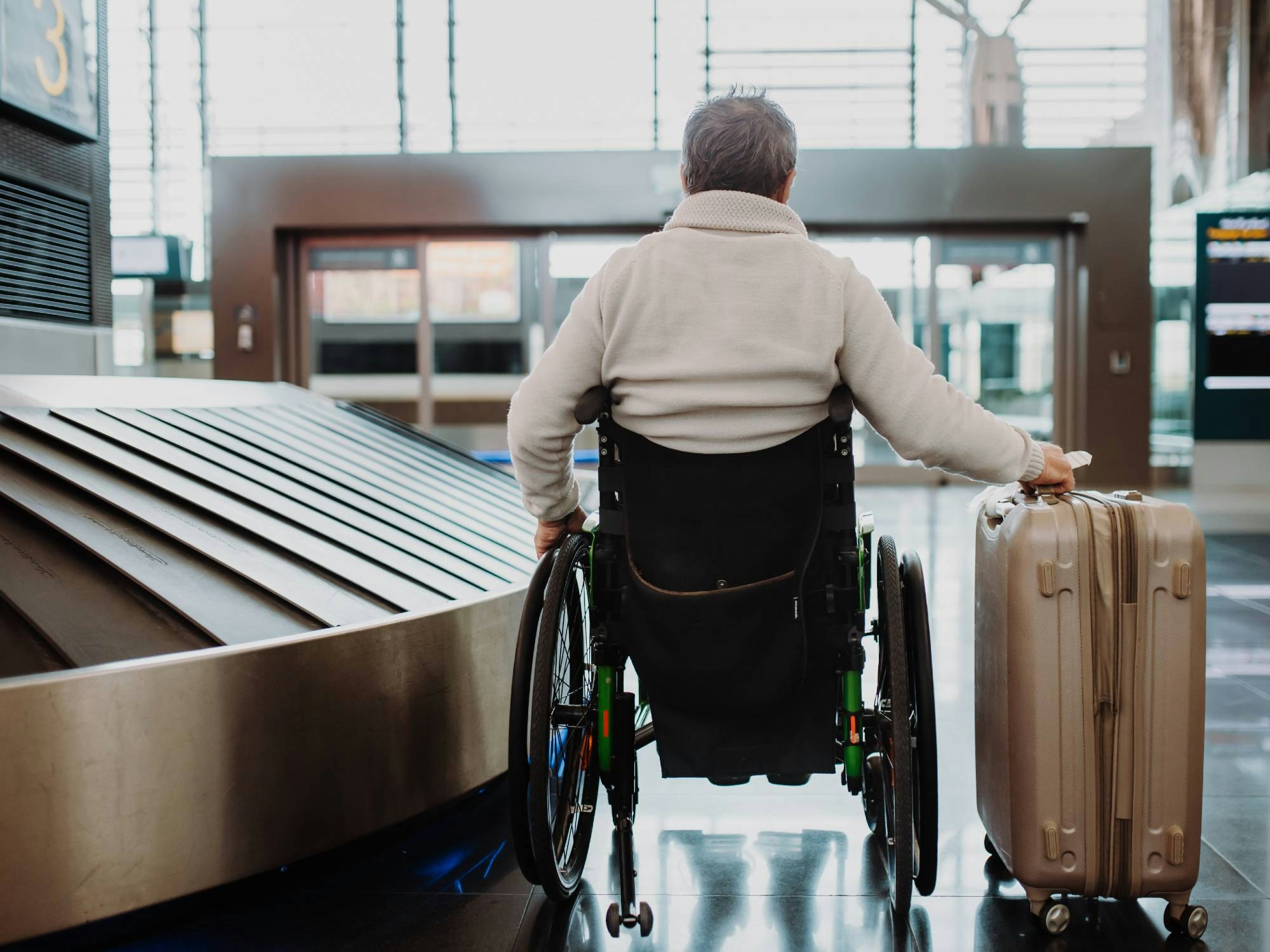By Millie York
The European Commission recently adopted a series of proposals designed to improve the experience of passengers and travelers with disabilities or reduced mobility by strengthening their rights.
The new rules will build on lessons learned, including the recent experiences of the COVID-19 crisis and the bankruptcy of the travel group Thomas Cook in 2019, which had a major impact both on travellers and on the travel market.
In particular, they will clarify rules on reimbursement when flights or multimodal journeys are booked via an intermediary, so that passengers are better protected against cancellations.
They will also provide for smoother journeys, especially those involving different travel services or transport modes, ensuring that passengers have access to direct support, and enhanced real-time information, for example on delays and cancellations.
Special attention is paid to the needs of passengers with disabilities or reduced mobility to address and facilitate the switch between transport modes and improve quality assistance where needed.
The proposals adopted focus on three aspects: stronger passenger rights; protection of package Travellers; and better multimodal travel information services and the creation of a common European mobility data space.
The proposal on passenger rights in the context of multimodal journeys also sets out for the first-time new rules to protect passengers using different types of transport, like buses, trains, and planes, all in one trip. Passengers will enjoy better information rights before and during such travels, including on minimum connecting times between different transport services.
In addition, where they bought the multimodal journey under one transport contract, they will be entitled to assistance by the carrier in the event of missed connections. Special attention is paid to the needs of passengers with disabilities or reduced mobility.

Persons with reduced mobility who switch from one transport mode to another during their journey will be assisted at connecting points by carriers and terminal operators when they travel under a single contract of carriage or when they travel through multimodal passenger hubs.
If an airline obliges a passenger with disabilities or a person with reduced mobility to travel accompanied by someone because the passenger needs assistance to comply with aviation safety requirements, such as fastening a seatbelt, the airline will be obliged to transport the accompanying person free of charge, and when practical, seat this person next to the passenger they are assisting. This right already exists when travelling by rail, ship or bus/coach.
With the revision of the 2015 Package Travel Directive, the protection of package travellers will in the future be more effective, in particular, during crisis situations, learning the lessons from the COVID-19 pandemic.
The proposed amendments will provide stronger and clearer rights for travellers and clarify the obligations and responsibilities of the service providers.
Multimodality, or the combination of transport modes, can reduce overall transport emissions by allowing travellers to choose the most efficient and sustainable mode of transport.
The revision of the Delegated Regulation on EU-wide multimodal travel information service (MMTIS) will make it easier for passengers to find via travel information services real-time information on different transport modes and access real-time updates during their journey, for example on delays and cancellations.
New types of information will also be available, such as whether bikes can be taken onto a train, and on accessibility, including for passengers with disabilities or reduced mobility.
In line with the European Strategy for Data and supported by the Connecting Europe Facility and the Digital Europe Programme, the initiative on a common European mobility data space (EMDS) also adopted will facilitate access, pooling and sharing of data from existing and future transport and mobility data sources.
It will allow access to and sharing of real-time data, enabling the travelling public to stay up to date with the transport situation and traffic conditions, allowing them to plan their journeys better. It will also enable public and private actors to develop innovative transport services and data-driven transport policymaking.
Automation and digitalization are creating many new challenges as well as opportunities for the transport workforce. A smooth transition is in the interests of transport users and workers alike.
The recommendation on means to address the impact of automation and digitalization on the transport workforce invites transport stakeholders, including social partners and national authorities to consider the impact of automation on transport workers, and to promote upskilling and reskilling.
It calls for change to be managed in a proactive and participatory manner and emphasizes the importance of social dialogue. The sector should make full use of EU funding opportunities to support the transition and ensure inclusiveness and accessibility for workers, especially those at higher risk of exclusion.
In response, the International Road Transport Union (IRU) has welcomed the new EU passenger mobility package to improve passenger rights across all transport modes.
However, the IRU has expressed concern that many bus and coach operators will struggle to cope with a heavy additional burden on their IT and digital system resources.
IRU Director of EU Advocacy Raluca Marian said: “While acknowledging the potential positive impact of providing information on individual passenger rights in bus and coach transport electronically, mandating electronic processing for reimbursement claims and publishing biannual quality reports will be a huge challenge for many bus and coach operators.
“Many operators, particularly those relying on terminal ticket sales, lack the needed electronic infrastructure. Some companies don’t even have a website and would have to create one solely for compliance.
“New regulations should specifically target operators with existing means of electronic communication to avoid placing a huge additional administrative burden on smaller companies that already operate on tight margins.”


























